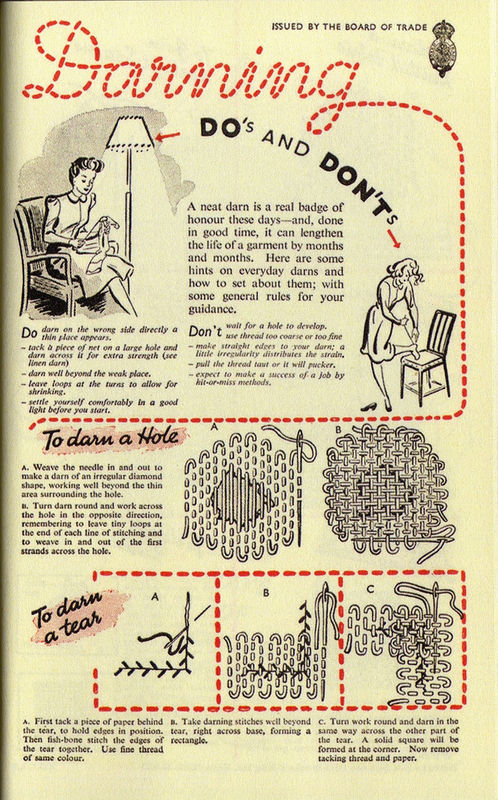Do you know what this is?
It's a darning egg.
Most people in this day and age have no idea what a darning egg is, let alone what it is used for. In the modern era of disposable items, especially clothing darning has become a lost art. At the turn of the century every household had at least one darning egg and darning was an essential domestic skill.
So what is darning? Darning was a method used commonly to repair holes or worn thin areas of socks and stockings before the time when socks and hose were disposable. For hundreds of years this task fell to servants, maids and it was even included in the duties of nurses at one time.
 |
| Image property of Getty Images I found this beautiful picture online that illustrates how in the not so distant past darning socks was part of the normal duties of a nurse.
Darning at one time was considered a skill necessary to life. Often viewed as a womanly skill, it is worth noting that in the First and Second World war soldiers darned their own socks in down time. It was a part of life when socks and hose were expensive and not so easily replaced.
A page on darning from a vintage manual
The art of darning though is not entirely lost, there is a large movement towards learning this skill again. I have taken the time to sift through all the information new and old on the internet to learn the skill.
Why?
Two reasons, I like learning old skills, my hubby seems to think it has something to do with my paranoia about being prepared for when the zombie apocalypse hits. Joking aside I don't like just throwing stuff away, I happen to be a bit of a pack rat, but I think it comes from growing up with grandparents who grew up in the war time who taught me that if you could fix it, it was still good.
The second reason came out of necessity and thrift. I wear compression socks to work, 12 hour shifts on my feet have made it somewhat of a necessity. After much trial I found some great socks, a wool and bamboo blend that allows the feet to breath even when being crammed into hot leather shoes for hours on end. The down side to these miracle socks is they are expensive, at $25.00 a pair it's not like they are disposable, so when holes appear in the toes I am just a little reluctant to simply toss them out. So I learned to darn my socks.
My sock pile
Back to the darning egg, it is inserted into the toe or heel of the sock to spread the fabric so you can see the area you are working on a give you a firm surface to work with. In the beginning I used a tennis ball but found the fuzzy surface often got sewn into my sock. Darning eggs are relatively cheap, about $10.00 for a decent wooden one, which is less than half the price of a new pair of socks and it will last forever. Darning is a relatively easy thing to learn and while it can be a touch time consuming if you have a pair of socks you absolutely can't live without or can't afford to replace it's a life saver.
Let me walk you through it:
My socks tend to wear out in the toe are pretty fast.
It's better to darn your socks before you have a huge hole, as it becomes trickier.
See the worn area? This is what needs to be fixed.
First order of business is to lay down a border of stitches around the weak area.
Make sure these stitches are put into the fabric of the sock that is still intact.
Next lay down verticle lines of thread over the weak area.
Anchor these in with stitches above your border stitches well into the "good" fabric of the sock.
Cover the weak area entirely and continue stitching into the "good" fabric beyond the weak area.
Now begin to stitch horizontal to the weak area.
When you reach the vertical thread weave your thread through them.
You are basically creating a grid.
Continue until you cover the entire area and then into the "good" fabric into your boarder stitches.
Knot off your thread and you are done!
My socks are all ready to go.
This works great for heavier socks like skiing and hiking socks, or heavier compression socks like mine. I like to use embroidery floss as it is heavier and easy to work with, I split the floss in half and use three strands when I darn. Using a different color floss is helpful as you can easily see your stitches as you work. Besides who cares if it doesn't match, no on is going to see your mended toes while your shoes are on.
It may seem like a ridiculous amount of work but I actually enjoy darning. It's pretty mindless work that keeps my hands busy so it's perfect for doing in front of the TV or on a quiet morning in a sunbeam when I want to think about school while accomplishing something. It may be an old skill but it is a useful one, besides you never can be too prepared for the zombie apocalypse!
|








.jpg.jpg)
.jpg.jpg)
.jpg.jpg)
.jpg.jpg)